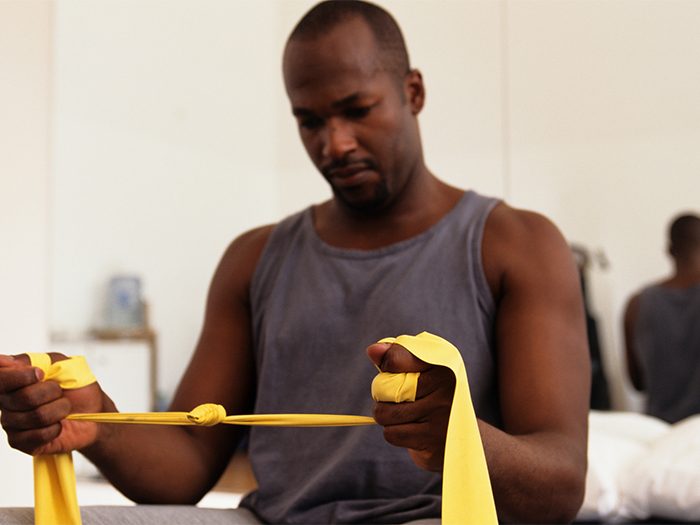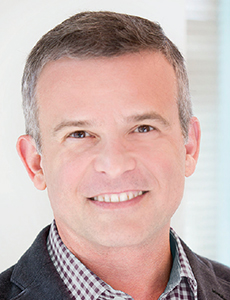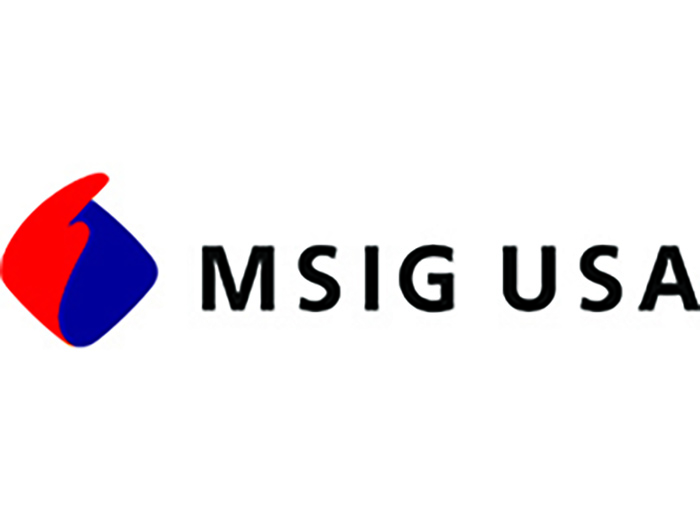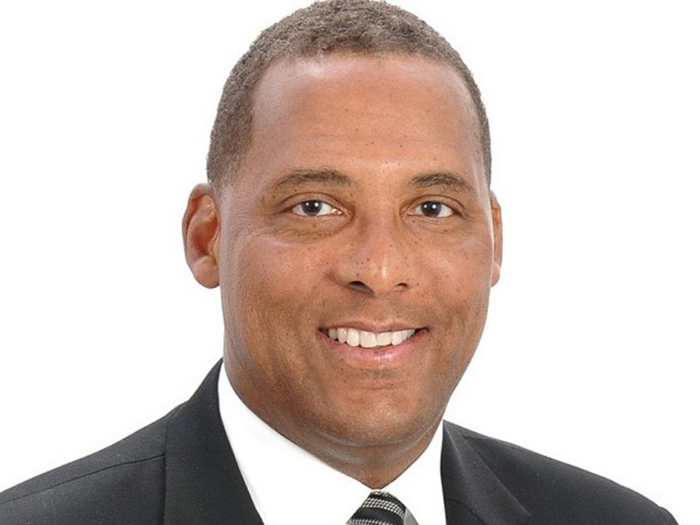How Mary Lou Retton’s Legendary Recovery in 1984 Serves as a Model for Getting Injured People Back to Work

Ever wondered why pro athletes seem to recover so much faster than injured workers?
The answer may seem obvious; after all, athletes are typically in the best physical shape of their lives, while workers may be sneaking in workouts one or two days a week.
The differences don’t just lie in their body-types and physical fitness levels, however. It’s also how they’re treated by their doctors and their support systems. Pro athletes have the best doctors and trainers planning their care and a vast network of support — coaches, family members, teammates, even fans — who want to see them heal.
During the 2020 National Comp conference virtual event, Michelle Despres, vice president and national product leader at One Call, and Dr. Marcos Iglesias, chief medical director and vice president at Travelers, led a session on how treating injured workers’ like pro athletes can contribute to shorter recovery times.
Their session helped attendees understand how early interventions, like physical therapy, can shorten recovery times. It examined the biopsychosocial factors that may be impeding an injured workers’ recovery, and it identified alternatives to addictive pain medications.
For those who missed out during the one-day virtual event, their discussion is available to view on-demand here.
Physical Therapy and Biopsychosocial Care Can Help Speed Up Recovery

Michelle Despres, vice Michelle Despres, president, national product leader, One Call
The session began with Despres recounting the story of Olympian Mary Lou Retton, who, in 1984, won a Gold Medal in women’s gymnastics after having arthroscopic surgery only five weeks prior.
Retton’s recovery was amazing. She completed six weeks of physical therapy in two weeks and was able to execute a flawless performance. While some might contribute her recovery to her status as an elite athlete, Despres notes that it’s the treatment and support she received — not her physical fitness — that allowed her to recover in record time.
“Science doesn’t cease to exist in the knee of an elite athlete … there’s still healing that has to occur. There’s still biology that lives there,” Despres said.
One way pro athletes are treated differently than injured workers is the focus on treating physical pain through movement. Athletes, like Retton, often have access to physical therapy, which treats pain by increasing muscle strength and mobility, rather than masking it by using pain medications.
“We often say as PTs, we can’t change your pain. We can’t heal your pain,” Despres said, “and that’s because we can improve your function, we can improve your strength, we can improve that inflammation … and all of that then talks to the pain.”
Retton received early physical therapy treatments, but that wasn’t the only factor in her successful recovery; she was also in a positive psychosocial environment, with support from her coach, doctors and parents.
In workers’ comp, biopsychosocial care is often focused on mitigating the affects an unsupportive home environment or negative behavioral health conditions, like anxiety and depression, can have on an injured worker’s recovery. Rarely does it look at the affects a supportive care team and a dedicated attitude can have on someone’s recovery.
“When we think about the biopsychosocial approach, oftentimes we tie that to the negative side of things. We talk about limitations, and mitigating factors and risks and all the bad that goes along with an injury,” Despres said.
“But here’s the flip side … here’s someone whose goal was to go to the Olympics. That was her life dream … Her family and her coach were all supportive of getting her to this Olympic match.”
Reducing Opioid Use

Marcos Iglesias, chief medical director, vice president, Travelers
During the session, Iglesias explained the difference between chronic and acute pain and detailed how knowing that distinction can help providers reduce opioid use amongst injured workers.
Acute pain is pain that can be mild or severe, but it lasts only for a few weeks or months. It’s the kind of pain an injured worker might experience after a successful surgery or in the immediate aftermath of the injury before healing has begun.
Chronic pain, in contrast, is mild to severe pain that is on-going and lasts for more than three months.
Despite these differences, providers often rely on one treatment method for both conditions: The prescription pad.
“Drug treatment of musculoskeletal pain is both common and also expected,” Iglesias said. “Most doctors, when truth be told, reach for a prescription pad because it’s easy and it’s quick.”
When a doctor whips that prescription pad out, it’s often opioids they’re prescribing. One study Iglesias referenced during the presentation found that 25% of people who came to the emergency room with acute ankle sprains received an opioid prescription and the medium morphine equivalent they received was 100 mg per day despite the fact that studies have shown that anything over 90 mg per day is associated with an increase in overdose risk.
“For many years we’ve seen opioids as the gold standard for treating pain, well that’s not necessarily so,” Iglesias said.
Iglesias and Despres noted in the session that other drugs, like non-steroidal and acetaminophen have shown success in treating injured workers with acute musculoskeletal pain and that other treatment methods, like early physical therapy —something a pro athlete might receive — can also reduce opioid use. &
 The 2020 National Workers’ Compensation and Disability Conference virtual event occurred on October 21 with six engaging sessions on issues ranging from the industry’s response to COVID-19 to how it can prepare for the impending talent gap.
The 2020 National Workers’ Compensation and Disability Conference virtual event occurred on October 21 with six engaging sessions on issues ranging from the industry’s response to COVID-19 to how it can prepare for the impending talent gap.
The conference will continue producing educational content throughout the year through our on-going digital session series and our Comp Talks program, which will deliver on-demand, short form educational content to hit the busy schedules of workers’ comp professionals.
Our next digital session, “Building Off of a Pharmacy Program to Structure a Strong Settlement” will detail how pharmacy program tools, including clinical reviews, provider outreach, predictive analytics, medication plans, point-of-sale edits and drug testing, can act as a springboard to set a claim up for settlement. Tune in on November 5 at 2:00 p.m. ET to learn how pharmacy programs and settlement programs are working together to achieve workers’ comp excellence.
You can register for this talk, and other sessions in our series, here. Be sure to check back regularly, as new content is being added all the time!
Missed the one-day virtual event? You can watch all the session on-demand here.










